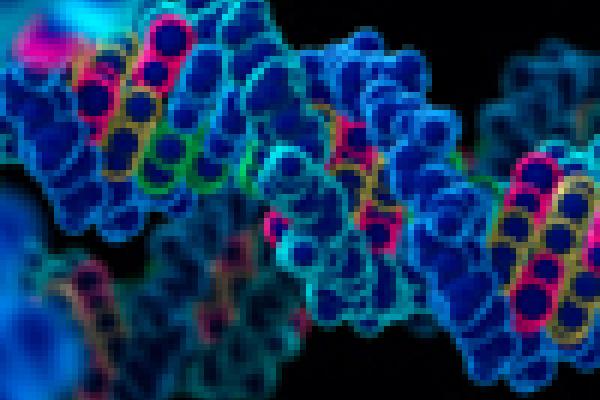Collection

Do you know what's good for you - unravelling genetic secrets
One of the greatest advances in the biomedical sciences has been the unravelling of our genetic code. This new understanding sheds light on what makes organisms function and how they are related to each other, helps to combat diseases, and to convict criminals. But it also poses great mathematical challenges: the genetic revolution is an information explosion which can only be tamed using mathematical methods.